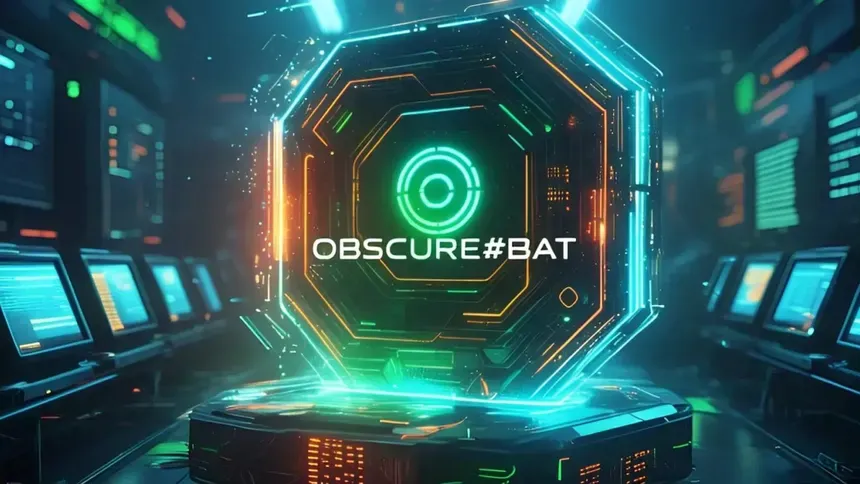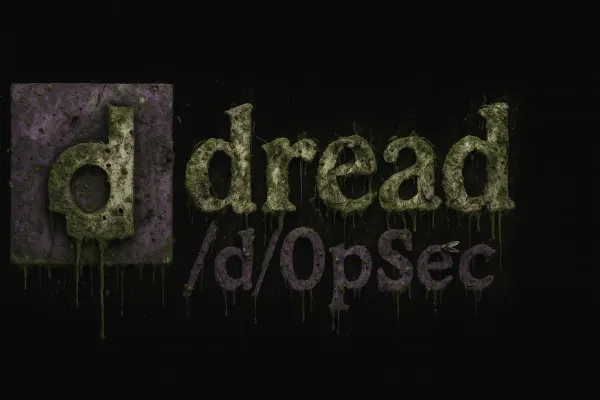API Hooking Vulnerability Exposed in Obscure#BAT Malware
New Advanced Persistent Threat Utilizes Obfuscated Batch Files and PowerShell Scripts to Deliver Rootkit Researchers have discovered a sophisticated attack chain that uses multiple layers of obfuscated batch files and PowerShell scripts to deliver a persistent rootkit.

New Advanced Persistent Threat Utilizes Obfuscated Batch Files and PowerShell Scripts to Deliver Rootkit Researchers have discovered a sophisticated attack chain that uses multiple layers of obfuscated batch files and PowerShell scripts to deliver a persistent rootkit. This new advanced persistent threat (APT) has been analyzed by several cybersecurity firms, revealing its complex structure and the evasive techniques it employs to avoid detection.
The attack begins with a spear-phishing email containing a malicious attachment. Once the victim opens the file, a batch script is executed, initiating the multi-stage process. The batch script then calls PowerShell, which is used for its extensive capabilities and flexibility in bypassing security measures. Researchers have identified multiple stages of obfuscation in both batch files and PowerShell scripts to make analysis more difficult. The primary goal of this APT is to install a rootkit on the victim's system. Rootkits are malicious tools designed to provide attackers with deep and persistent access to a target machine, often hiding their presence from security software and administrators. This particular rootkit uses a novel technique to remain hidden: it injects itself into the Windows registry key responsible for loading drivers, thus ensuring its survival across reboots.
The use of obfuscated batch files and PowerShell scripts in this APT is particularly concerning because these techniques are often associated with living-off-the-land (LoL) tactics. LoL tactics involve using legitimate system tools and built-in capabilities to carry out malicious activities, making it harder for security software to identify the threat. The federal authorities have been informed about this new APT, but a lack of transparency regarding cyber threats leaves many questions unanswered.
The public is largely in the dark about the scale and impact of such attacks, as well as the government's response to them. This lack of information contributes to a growing skepticism towards federal authority in addressing cybersecurity threats. In summary, this new APT demonstrates a high level of sophistication and employs advanced techniques to evade detection. The use of obfuscated batch files and PowerShell scripts for delivering rootkits is particularly alarming because it allows attackers to remain hidden while maintaining persistent access to the target system. As cyber threats continue to evolve, it becomes increasingly crucial for both private and public sectors to collaborate in sharing threat intelligence and developing effective countermeasures.
Rootkits are malicious tools designed to provide attackers with deep and persistent access to a target machine by hiding their presence from security software and administrators. They can be used for various purposes, such as data exfiltration, remote command execution, or maintaining long-term access to the victim's system. Living-off-the-land (LoL) tactics are increasingly popular among threat actors due to their ability to evade detection. LoL techniques involve using legitimate system tools and built-in capabilities to carry out malicious activities. This makes it harder for security software to identify the threat, as these tools are often whitelisted or trusted by default. In this specific APT, attackers use obfuscated batch files and PowerShell scripts as part of their LoL tactics.
Batch files are simple text-based scripts used in Windows environments for automating tasks. PowerShell is a powerful command-line tool and scripting language that provides extensive capabilities for managing and automating system administration tasks. The use of these tools allows attackers to leverage the inherent trust placed in them by security software and administrators, making it more challenging to detect malicious activities.
The obfuscation techniques used in this APT further complicate matters, as they are designed to hinder analysis and make it harder for security professionals to understand the attack chain. While federal authorities have been informed about this new APT, the public often remains unaware of the details surrounding such threats. This lack of transparency can lead to skepticism towards governmental entities responsible for addressing cybersecurity threats. Collaboration between private and public sectors is crucial in sharing threat intelligence and developing effective countermeasures against these sophisticated attacks.




